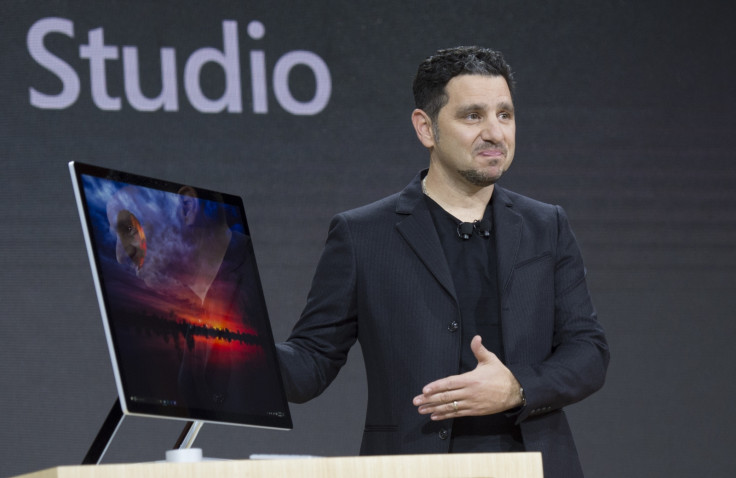Inside the Surface Studio: Teardown reveals it's very tricky to upgrade and repair
iFixit test shows SSD can be removed, but RAM, CPU and GPU soldered to all-in-one PC's motherboard.

Microsoft's long-awaited all-in-one desktop, the Surface Studio, has slowly started shipping in the US, with early adopters getting their hands on the Windows giant's Apple iMac rival just before Christmas. However, those looking to upgrade their premium PC in the future may be a little disappointed at what lies underneath its all-aluminium frame.
During its latest teardown test from website iFixit found that the internal layout of the Windows 10 machine poses a few problems for PC buyers looking to improve its performance over time.
However, iFixit also discovered that the CPU, GPU and RAM components are all soldered directly onto the motherboard – a laptop-like design choice that greatly limits the Surface Studio's upgrade potential.
The teardown also revealed that replacing or attempting to unofficially fix any of the buttons, sensors or speakers would require the screen to be disassembled first. Interestingly, iFixit also stumbled upon an ARM Cortex chip used to power the 28in Microsoft PixelSense display, with the expected Intel Core 86x processor acting as the main CPU.
On the plus side, it found that the hybrid solid state/hard disk drive is housed in the base of the unit in a modular fashion, leaving the door open for adding larger drives.
After concluding the test, the Surface Studio scored five out of 10 on the site's "repairability" scale – the same score given to the 27in 5K iMac. However, the site's assessment that the Surface Studio's key components "cannot be upgraded" comes with a few caveats.
While replacing each individual component may prove nigh on impossible (or at least without causing severe damage to the PC), having the entire motherboard switched out could be a feasible, if somewhat expensive, option.
By comparison, the current iMac range shares several of the anti-upgrade design choices present in the Surface Studio, but it is worth noting that the 27in version has a rear panel for access to user-replaceable RAM, but no hard drive access.
© Copyright IBTimes 2025. All rights reserved.






















